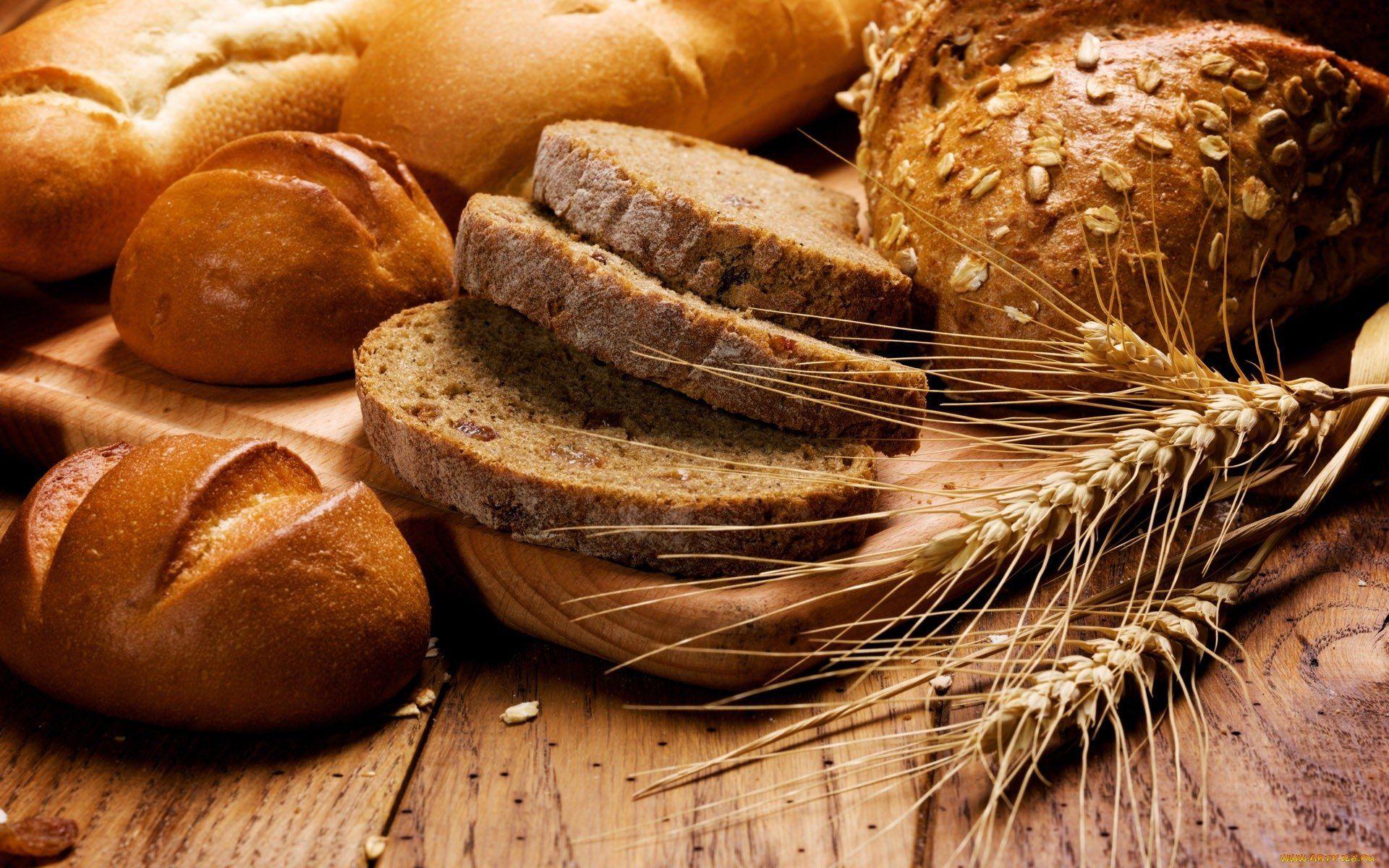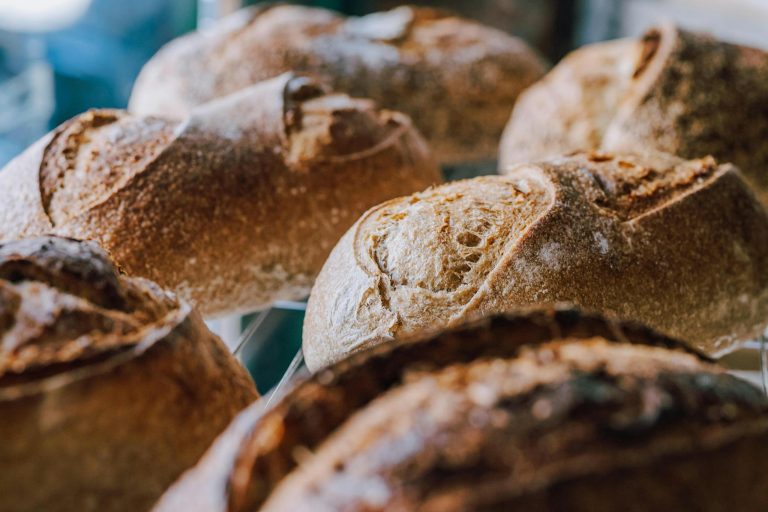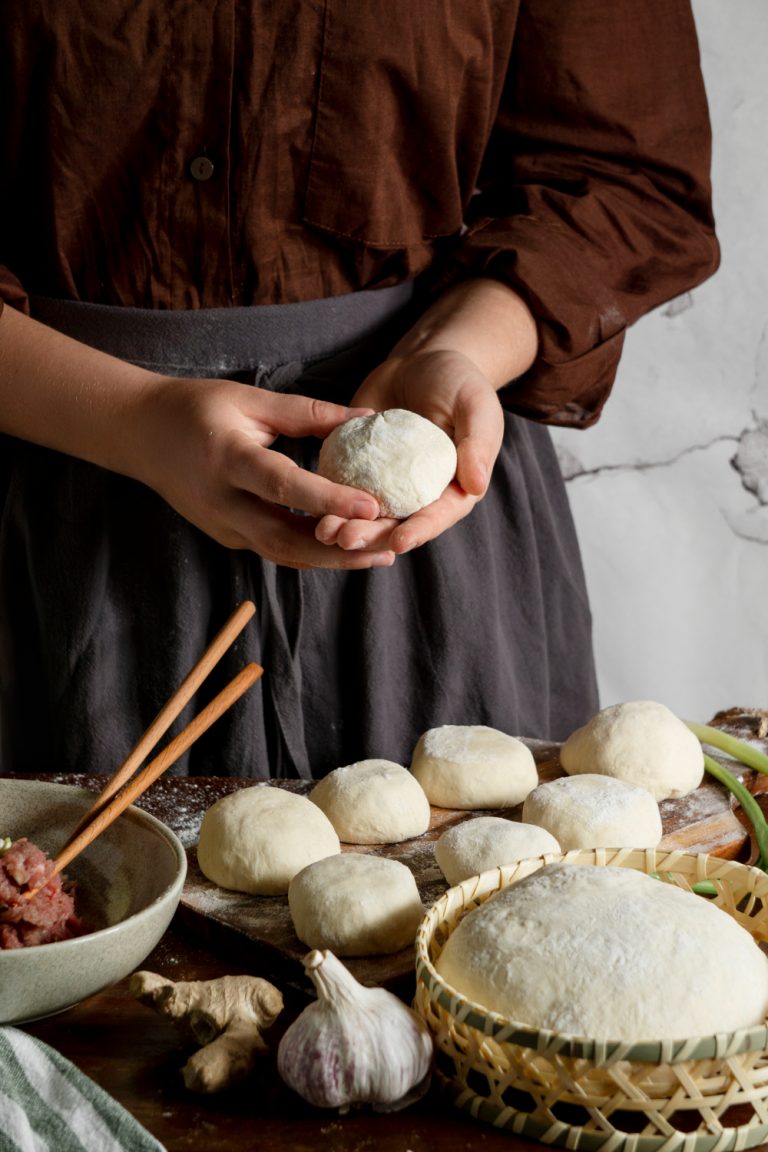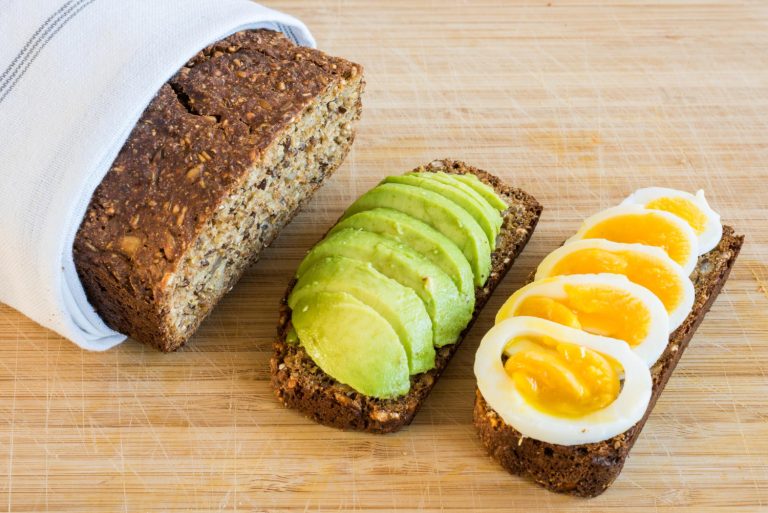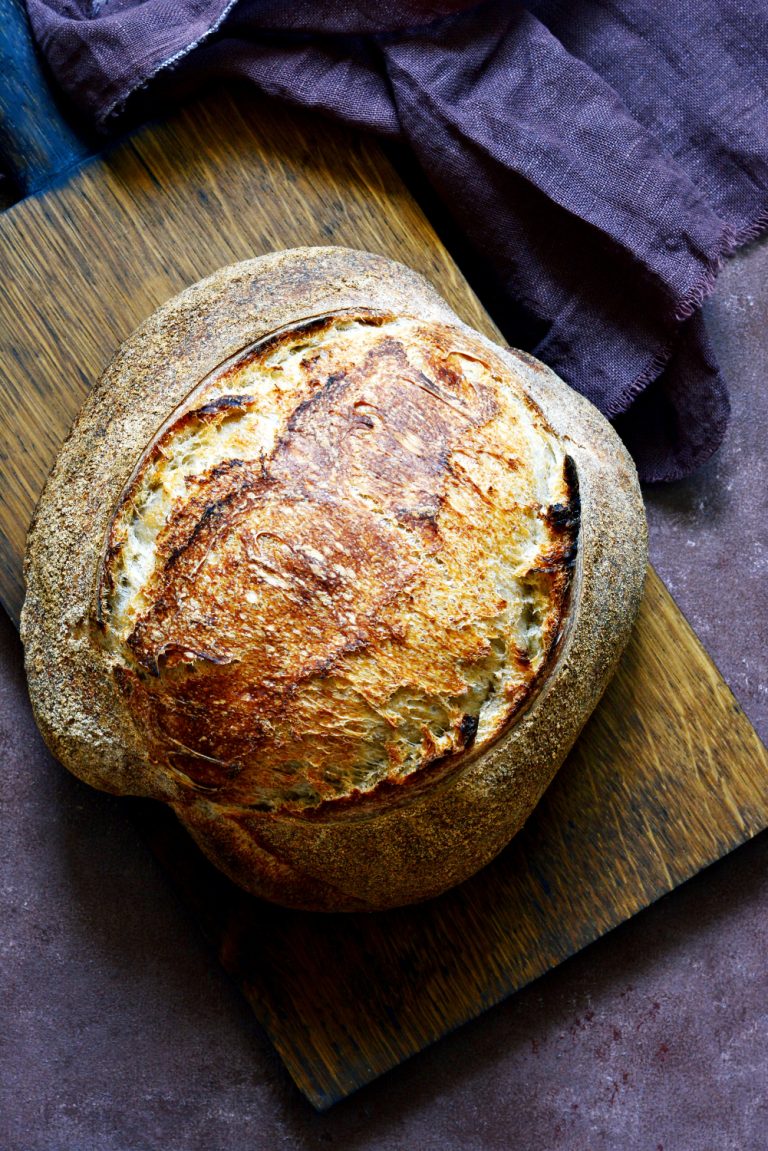10 Steps to Building an Engaging Online Sourdough Community
Sourdough baking has overtaken the world as bakers connect and share their passion on digital platforms. Online sourdough communities allow bakers to exchange knowledge, techniques, and experiences with other enthusiasts. These digital spaces have become go-to destinations for novice and experienced bakers who want guidance and inspiration.
Creating a thriving online sourdough community needs thoughtful planning and a solid community-building strategy. This piece outlines ten practical steps to build and grow a vibrant digital bread-making community. You’ll discover proven ways to create meaningful connections and build an active, supportive space for sourdough enthusiasts. The right social media platforms and educational content are the foundations of this journey.
Choose Your Platform and Set Community Guidelines
The right platform is vital to build a thriving online sourdough community. Facebook offers ready-made audiences, and groups like Sourdough Geeks have grown to over 125,000 active members. The Fresh Loaf and similar dedicated websites give artisan bakers and bread enthusiasts specialized spaces.
Platform options that community builders should think about include:
- Facebook Groups that work best for daily interactions and photo sharing
- Dedicated websites that excel at detailed recipes and tutorials
- YouTube channels that showcase visual demonstrations
- Instagram’s perfect space to display bread photography
- Online forums where in-depth discussions thrive
Strong community guidelines are the foundations of a thriving sourdough culture. Successful communities request simple membership registration to keep quality interactions and stop spam. This approach helps moderators manage community engagement and ensures meaningful discussions.
Experts play a crucial role in accelerating community growth. Professional bakers and experienced enthusiasts can become group moderators or regular contributors. They give valuable insights and help maintain high discussion standards. These experts aid group activities such as shared bakes, troubleshooting sessions, and regular Q&A threads. This creates an educational environment where all members learn and grow together.
Create Engaging and Educational Content
Valuable content is the lifeblood of any thriving online sourdough community. Community leaders achieve success with a content strategy that has:
- Step-by-step tutorial videos
- Recipe development guides
- Troubleshooting sessions
- Live baking demonstrations
- Weekly challenge activities
Visual content plays a significant role in community engagement. [Image: Sourdough scoring demonstration] Professional-quality photographs of bread scoring techniques and crumb structures help members master proper techniques. [Image: Starter feeding process] Time-lapse videos of starter feeding processes give beginners clear visual guidance.
A consistent content schedule helps community builders maintain member interest with regular material releases. [Image: Weekly live stream setup] Live streaming sessions provide up-to-the-minute support and create opportunities for direct interaction between experts and newcomers. [Image: Community challenge results] Monthly baking challenges encourage participation and skill development while boosting social media engagement.
Thriving communities use recipe development blueprints and systematic testing approaches. [Image: Recipe testing process] These well-laid-out methods help members understand the science behind sourdough culture and create their signature recipes. Educational content should balance technical knowledge with the ground application so members can implement new techniques successfully in their home kitchens.
Foster Interaction and Collaboration
Building meaningful connections between members leads to successful interactions in an online sourdough community. [Image: Live baking session screenshot] Live streaming sessions make shared learning possible through immediate feedback and live troubleshooting.
Community managers can use these proven strategies to boost member participation:
- Weekly live Q&A sessions with experienced bakers
- Monthly baking challenges with themed categories
- Dedicated troubleshooting channels
- Virtual bake-along events
- Mentor-mentee pairing programs
[Image: Community challenge submissions] Members share their progress and receive feedback through monthly challenges. [Image: WhatsApp group interaction] Quick support for urgent baking questions flows through dedicated messaging groups that build a responsive community culture.
[Image: Mentor-mentee session] The best communities pair experienced bakers with newcomers through mentorship programs. These connections keep members active and pass knowledge within the sourdough culture. [Image: Virtual bake-along event] Members learn together through virtual bake-along events regardless of where they live.
Great community builders know that social media involvement goes beyond likes and comments. They motivate members to document their process, share failures and wins, and solve problems together. This creates a supportive space for bakers at all skill levels to grow as a community.
Grow and Nurture Your Community
A thriving online sourdough community needs dedicated mentors and tailored support. [Image: Mentorship session screenshot] The best communities have detailed mentoring programs where experienced bakers help newcomers throughout their baking experience.
Everything in a supportive community includes:
- One-on-one coaching sessions
- Monthly community challenges
- Live troubleshooting clinics
- Photo and video-sharing capabilities
- Immediate feedback systems
[Image: Community challenge winners] Regular challenges involve members and promote skill development. [Image: Live troubleshooting session] Live streams help solve problems quickly and create community-building opportunities through shared experiences.
[Image: Local grain economy support] The best communities reach beyond digital spaces. Members support local grain economies and build connections in their neighborhoods. [Image: Bread sharing initiative] They often start by sharing bread with neighbors. This leads to meaningful local relationships and creates bartering opportunities with local craftspeople and farmers.
Community leaders create an environment where bakers at all levels can succeed through consistent customer engagement and tailored support. The community grows stronger with regular feedback sessions and shared problem-solving approaches.
Conclusion
[Image: Thriving online community dashboard] The best online sourdough communities combine well-laid-out learning spaces with natural social connections. Bakers of all skill levels thrive in these spaces. Good platform choices, clear guidelines, and skilled moderators build strong foundations. Members stay active and keep learning through different types of educational content. [Image: Global baking community map] Casual interest grows into lasting friendships through regular challenges, live sessions, and mentorship programs. These connections bridge geographical gaps and skill differences.
[Image: Sourdough sharing initiative] These digital communities create ripples. Members support their local grain economies and share their craft with neighbors. [Image: Community success stories collage] Many bakers find their solo hobby turns into a shared adventure through these supportive networks. Home bakers and restaurant owners who want to boost their bread and pizza-making skills can take their craft further with an authentic artisanal sourdough starter from The Yeast We Can Do – email john@theyeastwecando.com to start making exceptional bread with perfect tangy flavor and signature crust.
FAQs
1. How can you establish an engaging online community?
To create an engaging online community, follow these steps: Determine your desired outcomes, research your target audience, choose appropriate platforms, develop an organizational system, introduce user rewards, form a management team, and enhance social outreach.
2. What are the essentials for building a strong local community that benefits everyone?
Building a solid local community requires members to collaborate towards shared goals. A good community is characterized by mutual respect, shared values and goals, understanding of each other’s needs, and collective efforts to meet those needs.
3. What strategies should you consider when starting a community?
When starting a community, consider these strategies: Define the community’s purpose, ensure a welcoming atmosphere for all members, promote active participation, remain open to feedback, and celebrate communal achievements together.
